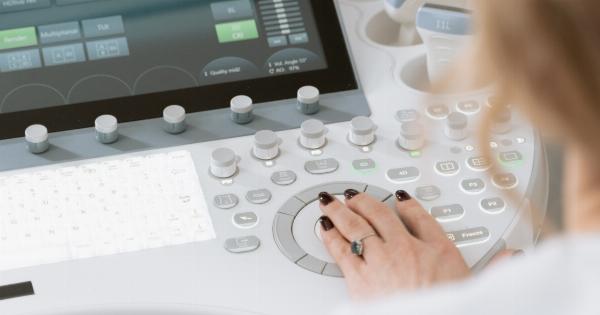Prostate cancer is one of the leading causes of cancer deaths in men. The symptoms of prostate cancer can be difficult to detect, and in many cases, the cancer can go unnoticed until it has already spread.
Fortunately, there is a simple test known as the finger test that can help detect prostate cancer early, when it is most treatable.
What is the finger test?
The finger test, also known as the digital rectal exam (DRE), is a method of checking the prostate for any abnormalities.
During the exam, a healthcare provider uses a gloved, lubricated finger to feel the prostate gland, which is located just in front of the rectum. This exam can detect any lumps, bumps, or irregularities in the prostate that could indicate the presence of cancer.
Who should get the finger test?
The finger test is recommended for all men over the age of 50, and for men who have a family history of prostate cancer or other risk factors.
African American men are at a higher risk of developing prostate cancer and should start getting screened at age 45.
What are the benefits of the finger test?
The finger test is a quick and simple procedure that can be performed during a routine physical exam. It can help detect prostate cancer early, when it is most treatable. Early detection can also lead to better outcomes and a higher chance of survival.
In addition to detecting prostate cancer, the finger test can also detect other conditions, such as an enlarged prostate, that can cause discomfort and may require treatment.
What are the risks of the finger test?
While the finger test is generally considered a safe and effective screening method, there are some risks associated with the test. The exam can be uncomfortable for some men, and there is a small risk of infection.
In rare cases, the test could cause bleeding or damage to the rectum or prostate gland. Healthcare providers should take the necessary precautions to minimize these risks.
What other screening methods are available?
There are other screening methods available for prostate cancer, including a blood test known as the prostate-specific antigen (PSA) test. This test measures the levels of PSA, a protein produced by the prostate gland, in the blood.
Elevated levels of PSA can indicate the presence of prostate cancer, although other factors, such as an enlarged prostate or infection, can also cause elevated PSA levels. Imaging tests, such as MRI or ultrasound, can also be used to detect prostate cancer.
Conclusion
The finger test is a simple and effective way to detect prostate cancer early. Men over the age of 50, or those with a family history of prostate cancer or other risk factors, should talk to their healthcare provider about getting screened.
While there are some risks associated with the test, the benefits of early detection and treatment far outweigh the risks. The finger test, along with other screening methods, can help save lives and reduce the impact of prostate cancer on men and their families.



























